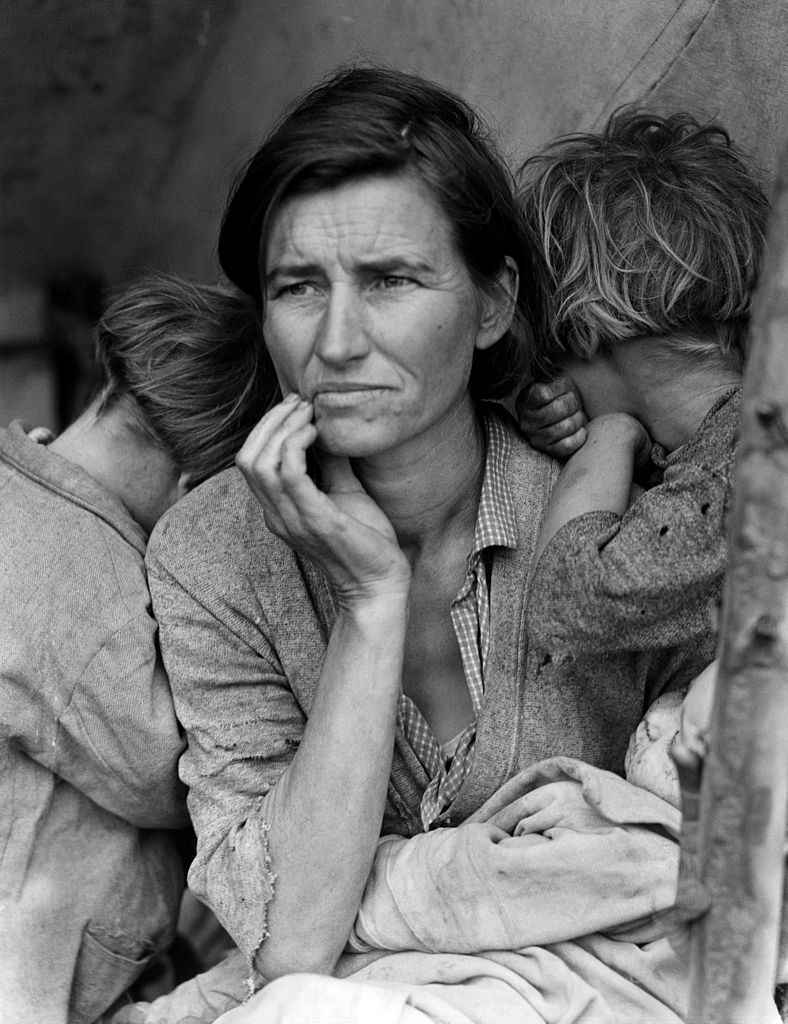1. "Poverty & Affordable Housing in Texas"
For this summary-response paper you will investigate poverty and the availability of affordable housing in the state of Texas and programs aimed at reducing the extent to which it occurs.
First, for an overview of the problem, download and read “Texas Poverty 101.”
Second, visit the Housing Crisis Center of Dallas, which will describe their efforts to combat homelessness in the metroplex. Next, go the web page Out of Reach and click on "About Out of Reach" which will outline what is necessary to find affordable housing in Collin County. Then, examine the map of the U.S. on this page which indicates what "hourly wage" is needed to afford a two-bedroom apartment in each of the states (notice the differences). Input your zip code (bottom of the page) to see how things are where you live. Last, download the full report - the tab is above and to the left of the map - read the preface and introduction, and look at data for Texas and, specifically, Collin County.
Write a brief summary of what you have learned and discuss various steps that might be taken to reduce the extent to which the problem of poverty and affordable housing exists in Texas.
2. "Wealth Inequality in America"
For this assignment you will discuss two videos, placing each one in its historical context. The first one, "America's Distribution of Wealth," presented in 1955 by Professor Clifton L. Ganus of Harding College, Searcy, Arkansas, purportedly demonstrates the widespread ownership of America's basic wealth and the equitable distribution of national income at that time. The second, "Wealth Inequality in America," summarizing the work of Michael Norton and Dan Ariely, professors at the business school of Harvard and Duke that shows that our perceptions of who has money and how much they have is quite skewed. Why are such different pictures presented of the distribution of wealth in the United States? How would you account for the inequality that exists and what, if anything, can be done to reduce the extent to which such inequality exists?
_____________________________________
3. "Poverty & Inequality"
Go to The Stanford Center on Poverty and Inequality. Next, take the "Poverty and Inequality IQ Quiz". What surprised you? How did your score compare with those of others who have taken the test? What are the implications of the fact that the average score indicates widespread ignorance of inequality?
Next, go to "Inequality.com" and, using the drop-down menu “data and statistics” located at the top of the page, look through the data on income, wealth, health and global patterns. Summarize what you find and discuss the implications of these data. For example, when looking at "Change in Family Income" you'll see that from 1947 - 1979 each fifth of society's income increased at roughly the same rate. But form 1979 - 2009 things changed dramatically. How do you account for the growing gap between the top and bottom of our class system?
_________________________________
4."Child Labor in America"
You have all heard that "A picture is worth a thousand words." Go to “Child Labor in America 1908-1912: The Photographs of Lewis W. Hine.” Click on and read “About these Photos” and then view the photographs. Indicate how one’s social class affected one’s life-chances in the early 1900s.
Second, go to “Texas Demographics: Families and Children in Poverty” and examine the data concerning poor children in Texas and their family backgrounds. To what extent has the situation improved?
____________________________________________________________________
